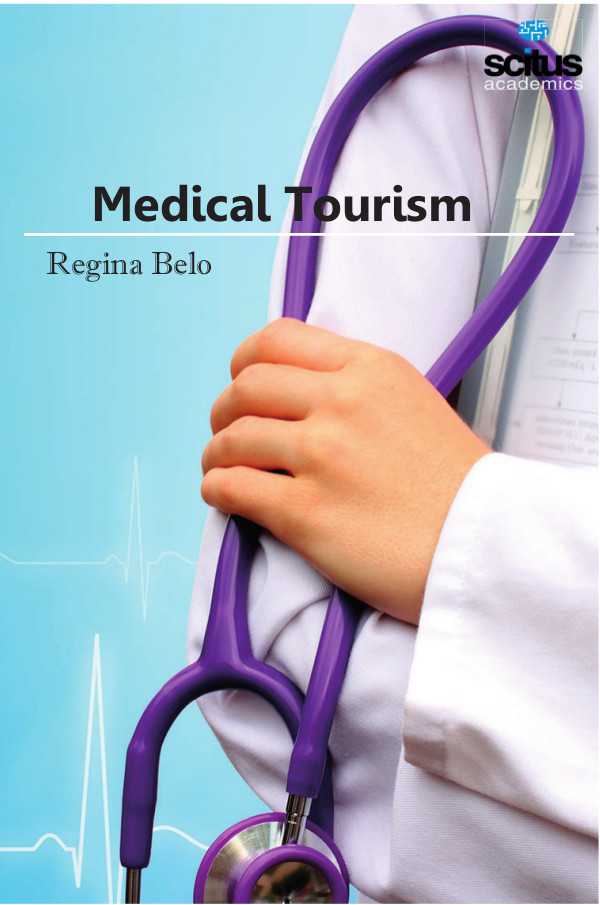Medical tourism represents a worldwide, multibillion-dollar phenomenon that is expected to grow considerably in the next decade. For the individual interested in health services, cost is the key factor involved in the decision to receive medical care abroad. Today we are experiencing both qualitative and quantitative shifts in patient mobility, as people travel from richer to less-developed countries in order to access health services. Such shift is mostly driven by the relative lowcost of treatments in less developed nations, the availability of inexpensive flights and increased marketing and online consumer information about the availability of medical services. What really puts the word “tourism” in medical tourism concept is that people often stay in the foreign country after the medical procedure. Travelers can thus take advantage of their visit by sightseeing, taking day trips or participating in any other traditional tourism activities. Categories of different treatments and their availability also represent an important factor in decision to engage in medical tourism. The most common types of procedures that patients pursue during medical tourism trips are elective cosmetic surgery, dentistry, organ transplantation, cardiac surgery and orthopedic surgery. However, a wide variety of services can be obtained through medical tourism, ranging from various essential treatments to different kinds of traditional and alternative treatments.
Drawing on a range of theoretical and methodological perspectives, this book titled Medical Tourism critically address the substantial political, philosophical and ethical issues that arise out of the transnational practices of medical tourism.













